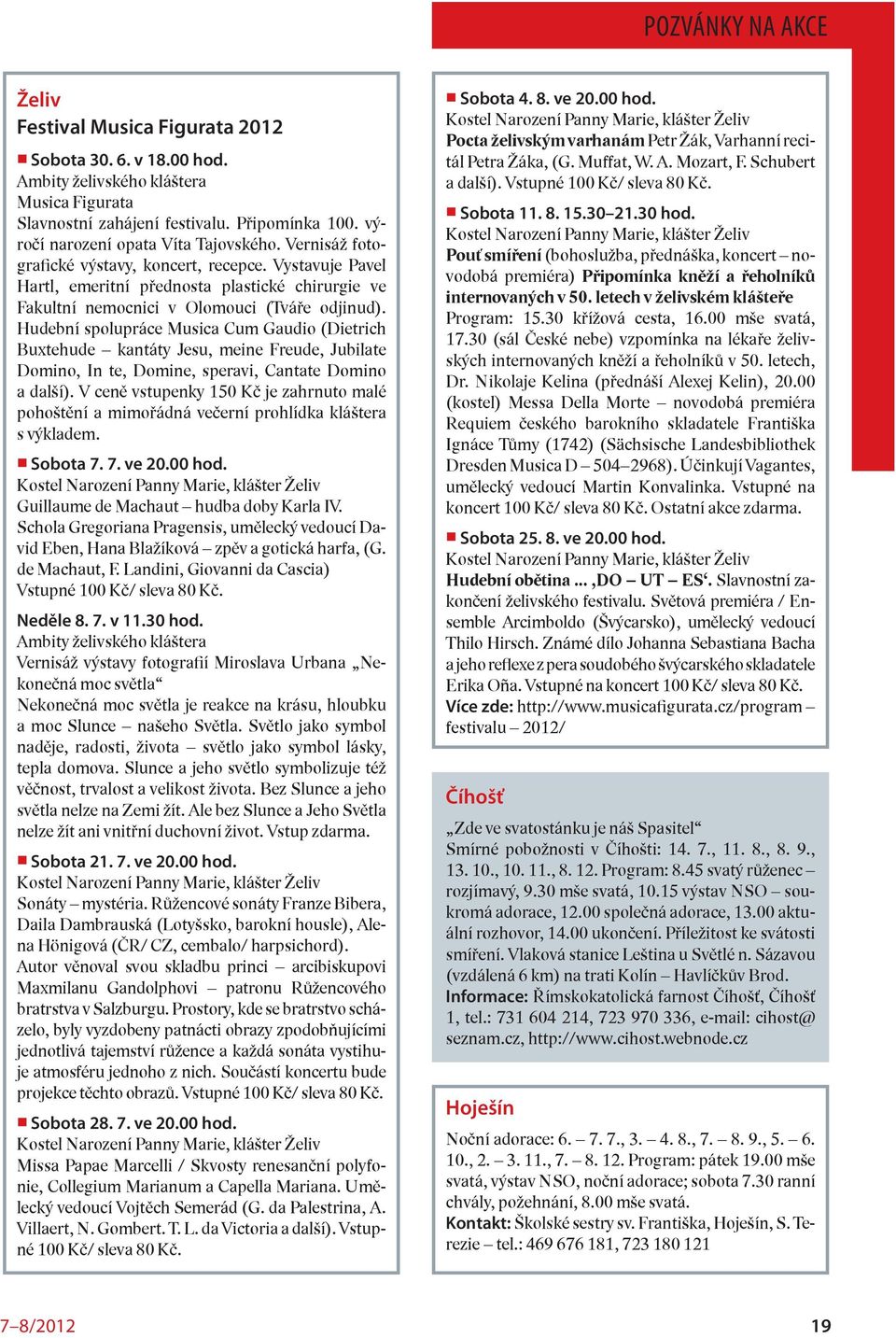Buxtehude Cantate Domino Pdf

‘Cantate Domino’, with a text conflated from Psalms 95 and 97 (96 and 98) is another short motet contributed by Monteverdi to the anthology of motets for from one to eight voices published in 1620 by his pupil Giulio Cesare Bianchi. It seems to have been aimed at choirs of modest ability. Whether consciously or not, Monteverdi reused for the phrase ‘Cantate et exultate’ a musical sequence that he had first used at the end of the madrigal ‘Ecco mormorar l’onde’ in his Second Book of Madrigals of 1590; this may indicate that the motet was written very much earlier than its date of publication. From notes by John Whenham © 2004.
Italian romanticist Enrico Bossi's magnificent “Cantate Domino”. The piece is actually titled “Westminster Abbey” in tribute to the grand English cathedral, albeit. MIDI Praeludium [and Fugue] in C major, BuxWV 136 » MIDI Praeludium [Fuga et Chaconne] in C major, BuxWV 137 * » MIDI Praeludium [Fuga et.
The only surviving portrait of Buxtehude, playing a, from A musical party by (1674) Born,, Denmark Baptised 1637 Died May 9, 1707 (1707-05-09) (aged 70), Occupation, Works Dieterich Buxtehude ( German:;: Diderich, pronounced; c. 1637/39 – 9 May 1707) was a Danish-German and of the period. His organ works represent a central part of the standard and are frequently performed at recitals and in church services. He composed in a wide variety of vocal and instrumental idioms, and his style strongly influenced many composers, including. Today, Buxtehude is considered one of the most important composers in Germany of the mid-Baroque. Example 1: This is the introduction from Prelude in F major, BuxWV 145. The motivic interaction seen here, in which a short motif is passing from one voice to another, sometimes sounding in two voices simultaneously, was frequently employed by Buxtehude in his preludes, frequently expanded to four voices with heavy use of pedal.
Occasionally the introduction will engage in parallel 3rds, 6ths, etc. For example, BuxWV 149 begins with a single voice, proceeds to parallel counterpoint for nine bars and then segues into the kind of texture described above. The improvisatory interludes, free sections and postludes may all employ a vast array of techniques, from miscellaneous kinds of imitative writing (the technique discussed above, or 'fugues' that dissolve into homophonic writing, etc.) to various forms of non-motivic interaction between voices (arpeggios, chordal style, figuration over, etc.). Marks are frequently present: Adagio sections written out in chords of whole- and half-notes, Vivace and Allegro imitative sections, and others. Example 2: Fugue subjects from BuxWV 137, BuxWV 140, BuxWV 142 (two) and BuxWV 153 The number of fugues in a prelude varies from one to three, not counting the pseudo-fugal free sections.

The fugues normally employ four voices with extensive use of pedal. Most subjects are of medium length (see Example 2), frequently with some degree of repercussion (note repeating, particularly in BuxWV 148 and BuxWV 153), wide leaps or simplistic runs of 16th notes. One of the notable exceptions is a fugue in BuxWV 145, which features a six-bar subject. The answers are usually tonal, on scale degrees 1 and 5, and there is little real modulation. Stretto and parallel entries may be employed, with particular emphasis on the latter. Short and simple countersubjects appear, and may change their form slightly during the course of the fugue. In terms of structure, Buxtehude's fugues are a series of expositions, with non-thematic material appearing quite rarely, if ever.
If file you want to download is multipart you can use our to check whether multiple download links are still active before you start download. Download hanewin nfs server v1.1.42 german keygen by blizzard. If you found that any of above nfs server files may have been subject to copyright protection. Just paste the urls you'll find below and we'll download file for you! Our goal is to provide high-quality PDF documents, Mobile apps, video, TV streams, music, software or any other files uploaded on shared hosts for free! Registered users can also use our to download files directly from all file hosts where it was found on.
There is some variation, however, in the way they are constructed: in the first and last fugues of BuxWV 136 the second voice does not state the subject as it enters during the initial exposition; in BuxWV 153 the second exposition uses the subject in its inverted form, etc. Fugue subjects of a particular prelude may be related as in 's and 's and (BuxWV 150, 152, etc.).
Example 4: The dissolution of the fugue before a free section. The final entry of the subject (in the pedal) is joined by the highest voice engaging in a scale run. Buxtehude's other pieces that employ free writing or sectional structure include works titled toccata, praeambulum, etc. All are similar to the praeludia in terms of construction and techniques used, except that some of these works do not employ pedal passages or do so in a very basic way (pedal point which lasts during much of the piece, etc.). A well-known piece is BuxWV 146, in the rare key of F-sharp minor; it is believed that this prelude was written by Buxtehude especially for himself and his organ, and that he had his own way of tuning the instrument to allow for the tonality rarely used because of meantone temperament. Chorale settings [ ] There are over 40 surviving chorale settings by Buxtehude, and they constitute the most important contributions to the genre in the 17th century.